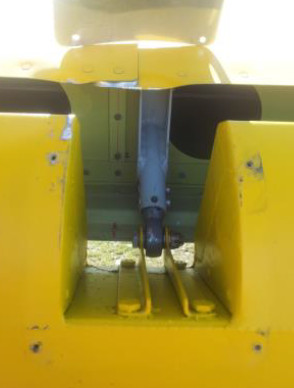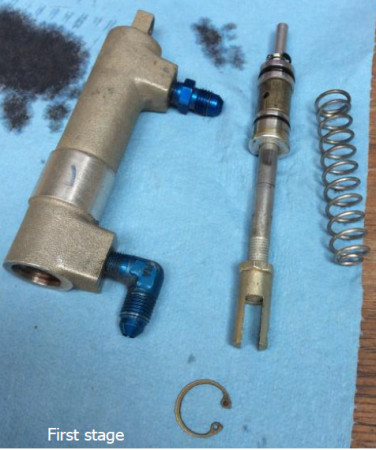Cowl Air Pressure Testing
Child Seats in the Bearhawk
The Story of Larry Sullivan’s New Bearhawk
Bob Triplett’s 4-Place Bearhawk
First Flight Report from Steve Harris
Safety Update 2015-1: Flap and Aileron Hinge Pocket Cover Plates
ENGINEERING CHANGE NOTICE
Subject: Flap and Aileron Hinge Pocket Cover Plates
Applies to any of the Bearhawk types that have the covers installed.
Recently a Bearhawk 4-place had a flap retraction problem on one flap because the pocket cover plate jammed into the top wing skin, and would not allow the flap to retract. The plane was still flyable, but this problem needs to be addressed.
FLAPS: On the top of the flaps the cover plate should only be deep enough to cover the gap from the flap spar to the back of the wing skin, about 1 ¼ inches, with the flap up.
AILERONS: On the aileron the cover needs to be much deeper, so that with full down aileron, the front of the cover is still under the wing skin.
 Additional information:
Additional information:
Bearhawk builder Jonathan Battson experienced a case where his flap hinge pocket cover got stuck under the upper wing skin when he attempted to retract the flaps after takeoff, causing one flap to stay extended at the third notch. He writes “The jam did considerable cosmetic damage to the top skin of the wing. It was the pocket where the skins join which jammed, to the combined thickness of the two sheets of 0.025″ Aluminum, plus stiffener section.”
Jonathan also adds:
“The Bearhawk can easily be controlled with 1 flap fully deployed and the other fully retracted, even as fast as 75 KIAS. The control inputs necessary to remain straight and level (or climbing at full power), are only marginally out of balance – just enough that you would certainly notice something is wrong. You most definitely are not fighting for aileron authority, as many would have you believe, all that is required is just a little rudder and a little opposite aileron to continue in balanced flight.”
